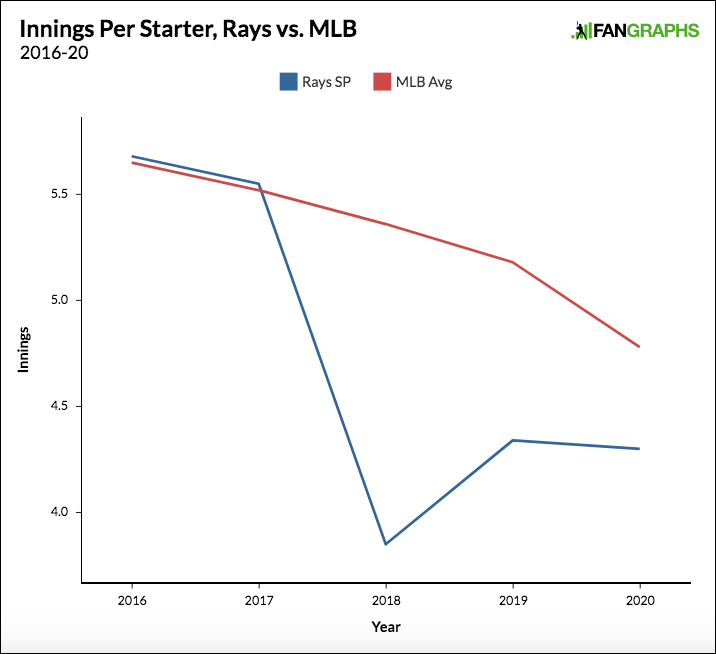2021 Top 100 Prospects
Below is my list of the top 100 prospects in baseball. The scouting summaries were compiled with information provided by available data and industry sources, as well as from my own observations.
As I’ve noted while publishing my team lists, because there was no minor league season in 2020, there are some instances where no new information was learned about a player. Players whose write-ups have not been meaningfully altered begin by telling you so. Each blurb ends with an indication of where the player played in 2020, which in turn likely informed the changes to their report if there were any. As always, I’ve leaned more heavily on sources from outside of a given org than those within for reasons of objectivity. Because outside scouts were not allowed at the alternate sites, I’ve primarily focused on data from there, and the context of that data, in my opinion, reduces how meaningful it is. Lastly, in an effort to more clearly indicate relievers’ anticipated roles, you’ll see two reliever designations, both on my lists and on The Board: MIRP, or multi-inning relief pitcher, and SIRP, or single-inning relief pitcher.
And now, a few important things to keep in mind as you’re perusing the Top 100. You’ll note that prospects are ranked by number but also lie within tiers demarcated by their Future Value grades. The FV grade is more important than the ordinal ranking. For example, the gap between prospect No. 3 on this list, Adley Rutschman, and prospect No. 29, Josiah Gray, is 26 spots, and there’s a substantial difference in talent between them. The gap between Heliot Ramos (No. 61) and Luis Matos (No. 87), meanwhile, is also 26 numerical places, but the difference in talent is relatively small. You may have noticed that there are more than 100 prospects in the table below, and more than 100 scouting summaries. That’s because I have also included 50 FV prospects whose ranking fell outside the 100; their reports appear below, under the “Other 50 FV Prospects” header. The same comparative principle applies to them.
You’ll also notice that there is a Future Value outcome distribution graph for each prospect on the list. This is an attempt to graphically represent how likely each FV outcome is for each prospect. Before his departure for ESPN, Kiley McDaniel used the great work of our former colleague Craig Edwards to find the base rates for each FV tier of prospect (separately for hitters and pitchers), and the likelihood of each FV outcome. For example, based on Craig’s research, the average 60 FV hitter on a list becomes a perennial 5-plus WAR player over his six controlled years 26% of the time, and has a 27% chance of accumulating, at most, a couple of WAR during his six controlled years. I started with those base rates for every player on this year’s list and then, with the help of Kevin Goldstein (who assisted with other elements of this list as well), manually tweaked them depending on our more specific opinions about the player. For instance, Jose Garcia and Trevor Larnach are both 55 FV prospects, but Garcia’s approach makes him very volatile, while Larnach is a surer bet to hit. At the same time, if Garcia ever develops a better approach, his power and ability to play a premium position give him a ceiling that Larnach can’t reasonably attain. My hope is that the distribution graphs reflect these kinds of differences.
For a further explanation of the merits and drawbacks of Future Value, please read this. If you would like to read a book-length treatment on the subject, you can purchase the book I co-wrote with Kiley, Future Value.

